Hello, I’m Satomi Fukamachi.
There are many troubles that come with winter. One of them is the jelly-like solidification of glue and painting dishes, making it impossible to paint for many people.
In this article, I will introduce a handy item to relieve the stress of production during winter!
With this, winter production will be stress-free! Choose the one that suits you best!
Contents
- 1 Does glue solidify in winter? The solution is to keep it warm!
- 2 I recommend an electric chocolate melter for keeping glue warm!
- 3 Review of the Chocolate Melter for Keeping Glue Warm!
- 4 Other Items That Might Work for Keeping Glue Warm!
- 5 What didn’t work for keeping glue warm? That would be…
- 6 For English-language articles related to Japanese painting, click here!
- 7 Click here to learn how to paint traditional Japanese paintings!
Does glue solidify in winter? The solution is to keep it warm!
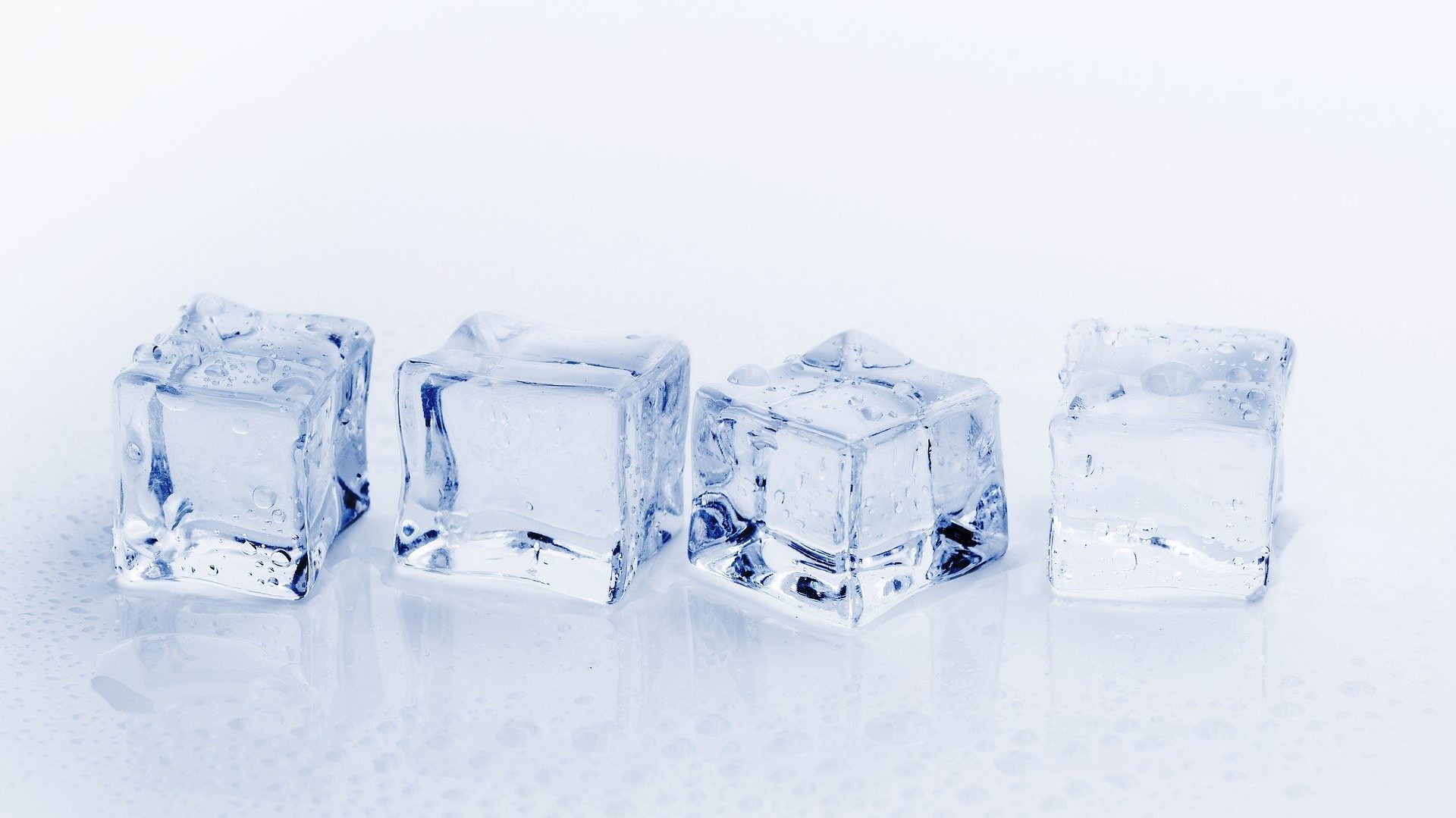
Glue is usually stored in the refrigerator. This is because it’s an animal product and would spoil at room temperature.
But what does it look like when you take it out of the fridge to use it next time? That’s right, it’s solidified like jelly. Just like jelly solidifies when cooled.
Thus, glue solidifies into a solid form when left in cold places.
Even in a normally heated room on a cold winter day, it often solidifies like this. Not just the glue, but the ink and painting dishes containing it become jelly-like too.
When the water temperature drops below 18 degrees Celsius, glue rapidly solidifies.
Then, you have to reheat it in hot water to liquefy it, and it solidifies again as soon as the water cools down… It’s nearly impossible to paint properly.
So, it’s crucial to figure out how to keep it warm.
There are various tools for this, but there are also issues to consider:
・It should not boil.
(as this weakens the adhesive power of the glue)
・It should be hot enough to warm up a ceramic painting dish.
At least these two points are necessary to remember.
Additionally, I also prioritized safety:
・an it be left unattended (without getting too hot or boiling dry)?
・What is the risk of burns when touched?
I carefully considered these four points and searched through various reviews and social media to find the best item!
I recommend an electric chocolate melter for keeping glue warm!

Eventually, I purchased this product and recommend it.
It’s an electric chocolate melter from Pearl Metal Co., Ltd., a Japanese company famous for pots and pans!
As the name suggests, it’s a device for melting chocolate electrically.
It can also be used for chocolate fondue.
It’s small and multifunctional, yet very affordable, usually in the thousand yen range.
Surprisingly, it can hold a large amount of liquid, up to about 600cc.
It’s more than enough as you hardly ever use this much glue at once.
The pot is also removable, making it easy to clean.
- It has settings for warming, heating, and off.
- It’s low temperature, so it doesn’t boil, and it’s okay to leave it on for a bit.
- Low temperature means less risk of burns if accidentally touched.
- Unnoticed evaporation can make the glue too thick.
- The pot is small, so it only warms glue (though you could perhaps keep water warm on it, with glue and painting dishes on top).
Another item I considered was the Toshiba warming tray I saw on Twitter(X).
けっきょくこうして絵皿を蒸しながらやるのが今のところ最もストレスフリーな気がしてます。 pic.twitter.com/SaMysH8FoK
— 松平 莉奈 (@rinamats) January 15, 2016
In the end, doing it this way while steaming the picture plate seems to be the most stress-free way so far.
@rinamats
@makicorn11 東芝の電気保温トレイです。昔からのファンが多いらしく、数十年前の発売当初からずっと同じ形だそうです。私の出身校では日本画を選択すると、一部屋に1台か2台、これが支給されました。
— 松平 莉奈 (@rinamats) January 16, 2016
This is a Toshiba electric warming tray. It seems that many of them have been fans for a long time, and they have been the same shape ever since they were first introduced several decades ago. At my old school, if you chose Japanese painting, you were provided with one or two of these per room.
@rinamats
This product has been on the market for decades. Older models can be found on flea market apps like Mercari for about 1,000 to 2,000 yen.
It’s a popular warmer among Japanese painters, according to other websites and art stores.
It’s about 20×20 cm in size, just right for a ceramic brush washer as seen in the tweet above.
However, according to reviews, it has no temperature control and is operated solely by plugging and unplugging it. There were opinions that it can get too hot and boil.
Moreover, during long painting sessions, it’s easy to lose track of it, and there’s a risk of forgetting to turn it off, especially when working overnight.
So, this time, I chose the electric chocolate melter with a warming function that doesn’t get too hot and is easy to operate.
Review of the Chocolate Melter for Keeping Glue Warm!
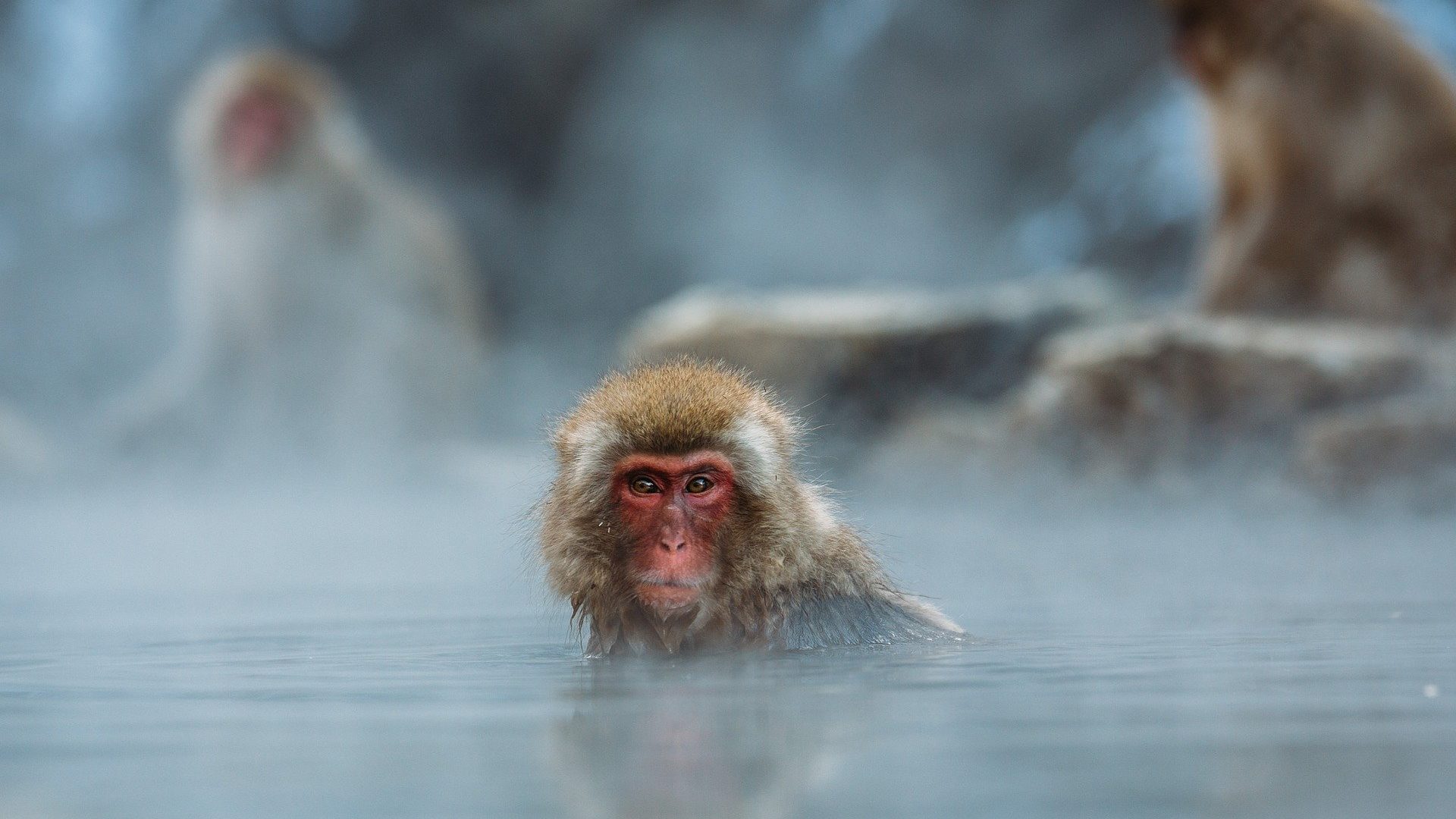
Here’s how I used it:
I put melted glue in the pot and heated it with the dial, then switched to warming mode to keep it warm.
When purchasing, I saw reviews saying it doesn’t boil, so I thought it would be very low temperature and put the glue directly in the pot.
The packaging also shows chocolate being melted directly in the pot.
Gradually the temperature rises, and it’s designed not to get too hot.
It doesn’t look hot, but the glue doesn’t solidify at all, even when left in a cold room.
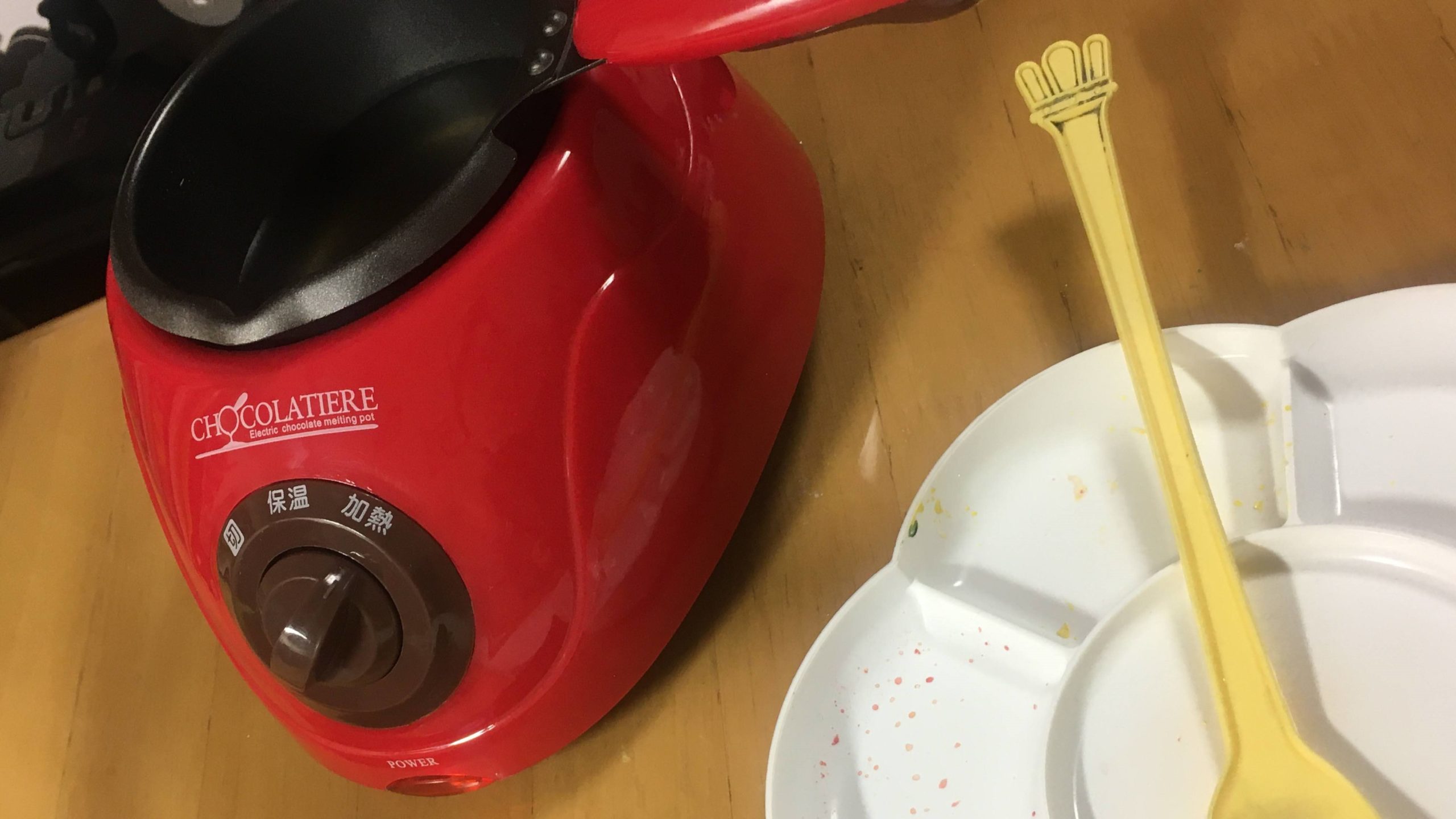
Its small size also makes it easy to work with on a desk.
Before, I had to use a bowl of hot water with a container of glue in it, which took up space and made it hard to spread the paint.
The problem is that it’s low temperature and takes time to warm, so it’s hard to notice the evaporation of the glue.
After long hours of warming, the water evaporates, and the glue becomes concentrated.
Then you need to add water to get it back to the desired consistency.
To prevent this, it might have been better to put hot water in the pot and then put a small jar of glue in it.
Even though the water evaporates, I left it on for about 6 hours while working, and it didn’t evaporate completely.
Even if left on overnight by mistake, it didn’t become dangerous.
Cleanup is also easy since the pot can be removed. You can wrap the pot with the glue and put it in the fridge.
However, there was still a concern that putting the glue directly in the pot might be the same as direct heat.
Keeping water warm and putting a jar of glue in it seems better.
Other Items That Might Work for Keeping Glue Warm!

This is a tool used in the production of string instruments like violins.
It includes an electric heater, a heat-resistant glass for water bath, and a glass jar for dissolving glue.
However, it’s quite expensive, over 7,000 yen, perhaps due to the many included items.
This is a warming sheet for inkstones.
Ink also contains glue, so when it gets cold and the inkstone gets cold, jelly-like lumps form, making it unusable.
Moreover, the ink ingredients (soot) don’t dissolve well in water, resulting in poor color development and spread.
Therefore, it’s necessary to warm the inkstone before grinding the ink.
It automatically maintains a temperature of about 25 degrees Celsius and is said to be safe on the package.
Personally, I wanted to use it not only for warming the inkstone but also for spreading painting dishes on it. However, since I couldn’t find any reviews for this usage, I decided not to try it this time.
What didn’t work for keeping glue warm? That would be…

Something that covers a wide area and gets warm…
You might think of this immediately.
A hot carpet.
Small, inexpensive ones for single use are sold, and it would have been great if this worked, but unfortunately, it had no effect at all.
I’ve tried using human hot carpets and even warmers, but neither worked.
Ceramic vessels remained cold.
Of course, the temperature suitable for human touch and that for warming a ceramic dish are entirely different.
The necessary temperature for warming is too hot for humans to wear for long periods.
So, if you’re thinking of trying a hot carpet, it’s better to just buy a mug, pour hot water into it, and warm the glue in a water bath.
- In winter, glue and inkstones need to be warmed.
- Electric chocolate melters and warming trays are convenient for this.
- Hot carpets are ineffective!
Next up!Previous Article!
➡Mastering Dosa Application: Kano School Techniques in Japanese Art!


![[商品価格に関しましては、リンクが作成された時点と現時点で情報が変更されている場合がございます。] [商品価格に関しましては、リンクが作成された時点と現時点で情報が変更されている場合がございます。]](https://hbb.afl.rakuten.co.jp/hgb/38a3f9b6.f7074a5b.38a3f9b7.f88f38ea/?me_id=1204686&item_id=10013364&pc=https%3A%2F%2Fthumbnail.image.rakuten.co.jp%2F%400_mall%2Fsokone-gakkiya%2Fcabinet%2F00153634%2Fimgrc0093649830.jpg%3F_ex%3D240x240&s=240x240&t=picttext)














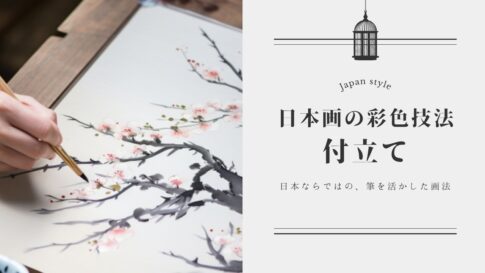
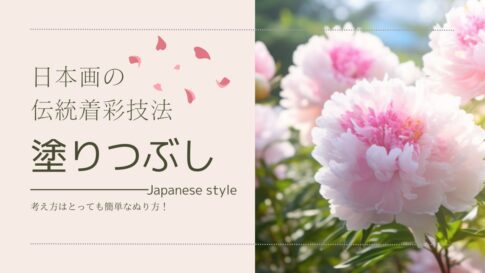





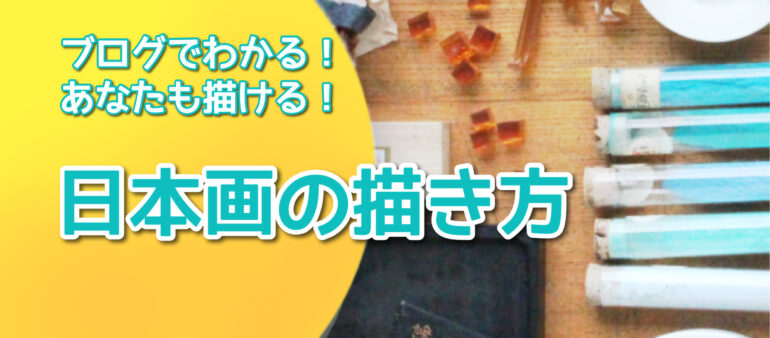

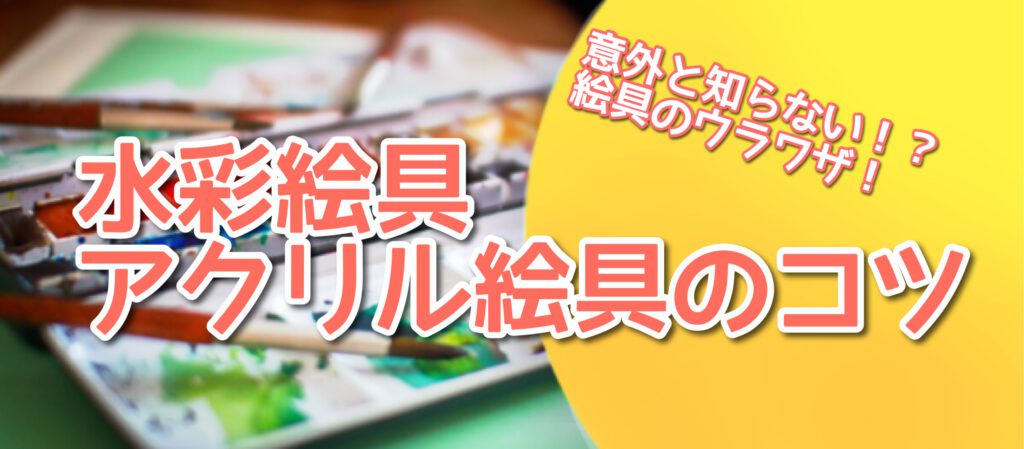
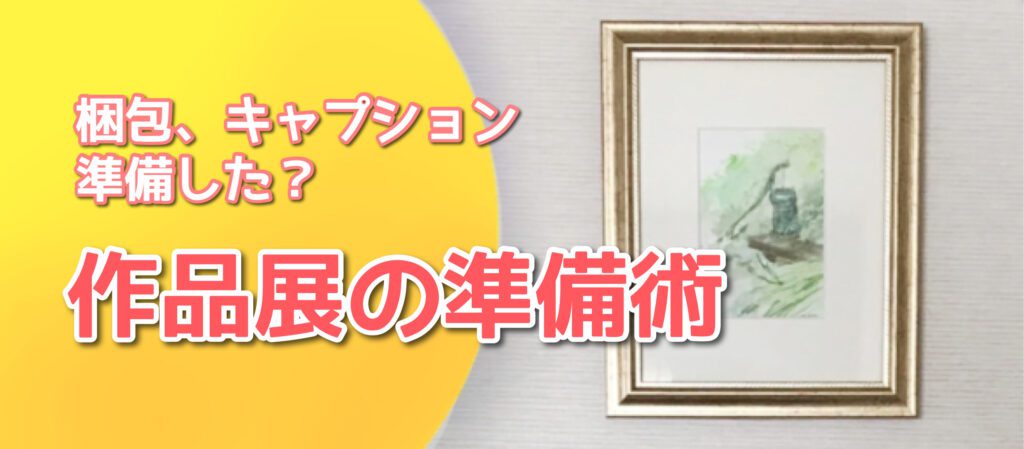



・n winter, glue and inkstones should be kept warm at about 25 degrees Celsius.
・Electric chocolate melters and warming trays are convenient for maintaining warmth!
・Hot carpets are ineffective!